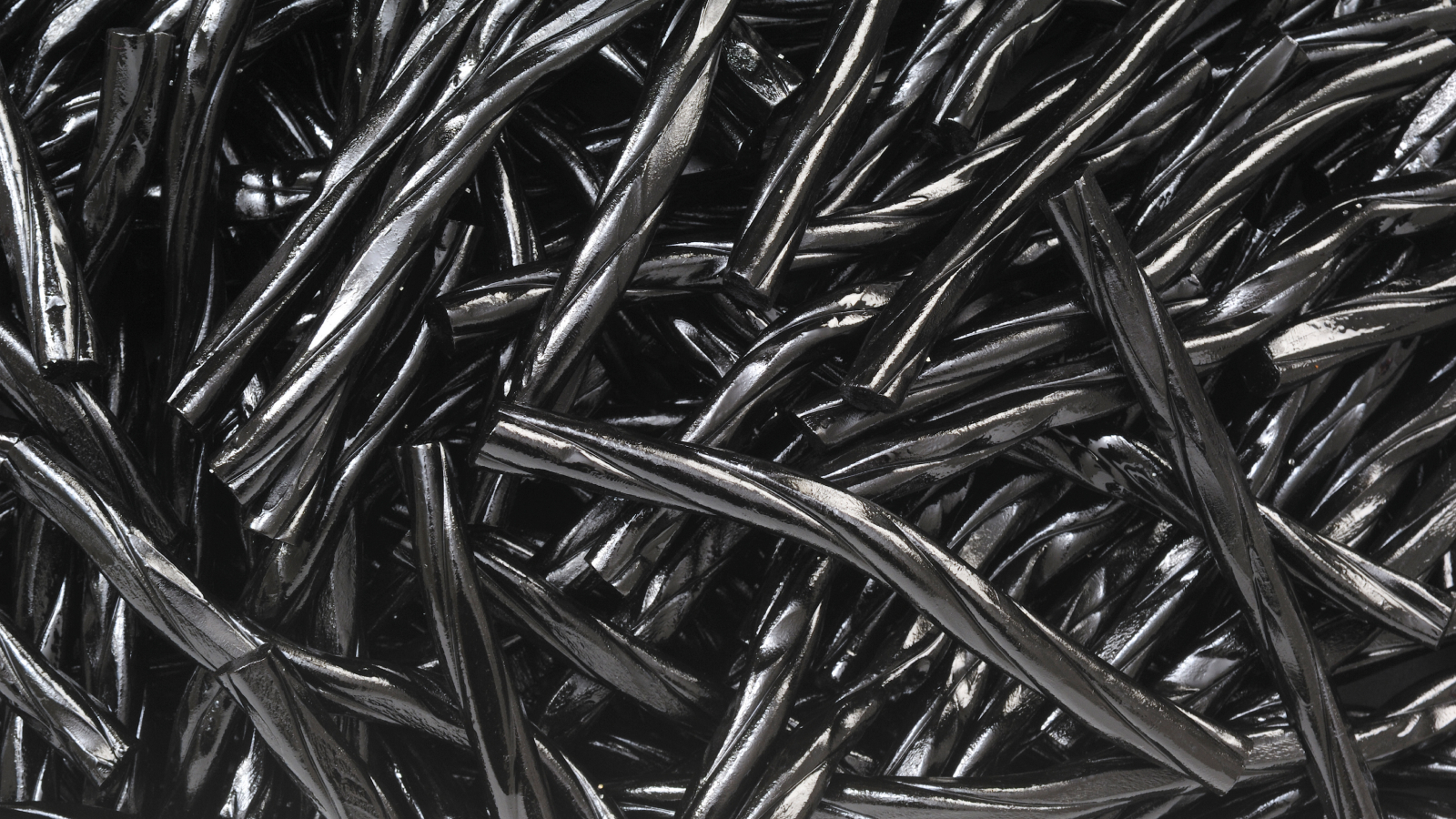Batteries, Vol. 9, Pages 299: Electrochemical Behavior of Mixed Cu Powder and LiCl/Li13In3-coated Li Powder Anodes in Lithium Metal Secondary Batteries
Batteries doi: 10.3390/batteries9060299
Authors: Sanghyeon Choi Byung Hyuk Kim Woo Young Yoon
A novel anode consisting of a mixture of Cu powder and LiCl/Li13In3-coated Li powder was developed and tested for use in Li metal secondary batteries (LMSBs). The aim was to improve the electrochemical performance as suppress dendrite formation and volume change on the Li metal electrode. A LiCl/Li13In3 composite film was deposited on the surface of Li powder particles using a facile liquid treatment method. The coated Li powder was mixed with Cu powder to produce a Li–Cu composite electrode (LCE) for LMSBs. It has been proven through scanning electron microscopy (SEM) and analysis of the coating layer using X-ray diffraction (XRD), X-ray photoelectron spectroscopy (XPS), and depth profile analysis that LiCl/Li13In3 has formed well on the surface of the Li powder. The coated LCE exhibited improved electrochemical properties in both the symmetric cell and full cell tests. Through electrochemical impedance spectroscopy (EIS) measurement, it has been determined that after 50 cycles, the impedance of the coated LCE is 98 Ω. In particular, even when a large amount of Li was used (40%, 1544 mAh g−1), it exhibited improved electrochemical behavior over 50 cycles in a symmetric cell test. In addition, in a full cell test with LiV3O8 as a cathode at a 2 C rate, the capacity retention was 96% after 50 cycles. SEM images showed that dendrite growth and volume change were suppressed by the novel electrode architecture.

 1 year ago
30
1 year ago
30


